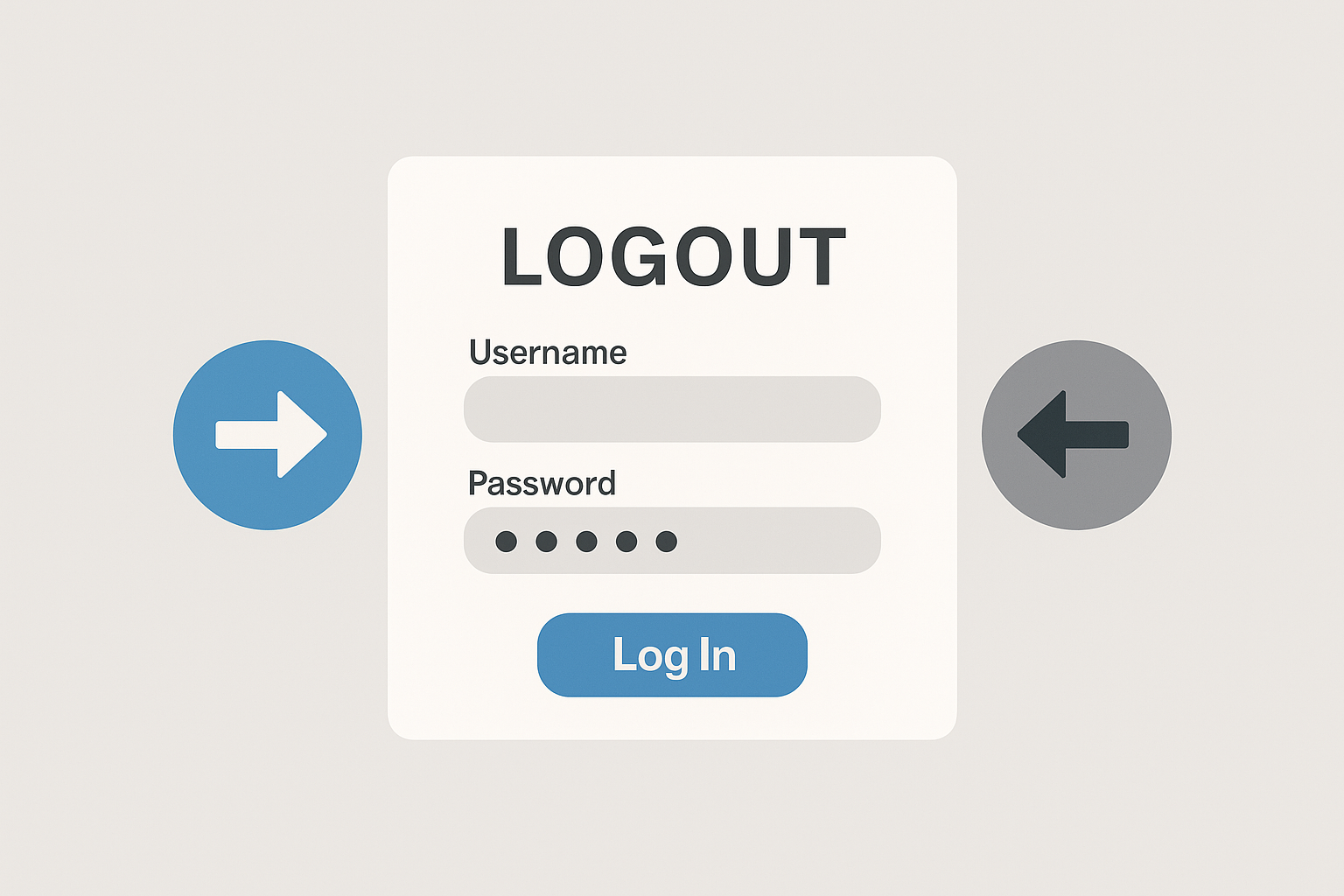Understanding the “template_redirect” Hook in WordPress
In the world of WordPress development, hooks are essential tools for extending and customizing the platform’s functionality. Among these hooks, the “template_redirect” hook holds significant potential. By intercepting the template loading process, this hook enables developers to redirect templates or dynamically modify the template hierarchy. In this article, we will delve into the purpose of the “template_redirect” hook, explore its versatile usage, and provide practical examples to illustrate its capabilities.
Understanding the Purpose: The “template_redirect” hook is triggered just before WordPress determines which template to load for a specific request. Its primary purpose is to allow developers to intervene in the template selection process and make modifications based on specific conditions or criteria. By utilizing this hook, you gain the ability to redirect users to alternative templates, add or remove query parameters, or even display custom error pages.
Usage and Syntax: To utilize the “template_redirect” hook, you need to create a custom function and attach it to the hook using the “add_action” function. The basic syntax is as follows:
function custom_template_redirect() {
// Your code here
}
add_action('template_redirect', 'custom_template_redirect');
Within the “custom_template_redirect” function, you can include any desired logic or modifications before the template is loaded.
Examples:
- Redirecting Users Based on Conditions: Let’s assume you want to redirect users to a specific template based on their user roles. Utilizing the “template_redirect” hook, you can achieve this goal. Consider the following example:
function redirect_based_on_user_role() {
if (is_user_logged_in()) {
$user = wp_get_current_user();
if (in_array('administrator', $user->roles)) {
// Redirect administrators to a custom template
wp_redirect(home_url('/custom-admin-template/'));
exit;
}
}
}
add_action('template_redirect', 'redirect_based_on_user_role');
In this example, if an administrator is logged in, they will be automatically redirected to a custom template specifically designed for administrators.
- Modifying the Template Hierarchy: At times, it becomes necessary to override the default template hierarchy and load a different template based on specific criteria. Here’s an example where we load a custom template for a particular category:
function load_custom_template_for_category() {
if (is_category('news')) {
include(TEMPLATEPATH . '/custom-template.php');
exit;
}
}
add_action('template_redirect', 'load_custom_template_for_category');
In this case, if the accessed category is “news,” the template hierarchy is modified to load a custom template named “custom-template.php” instead of the default category template.
- Displaying Custom Error Pages: The “template_redirect” hook can also handle custom error pages. For instance, when a user attempts to access a non-existent page, you can redirect them to a custom 404 page:
function display_custom_404_page() {
global $wp_query;
if ($wp_query->is_404) {
include(TEMPLATEPATH . '/404-page.php');
exit;
}
}
add_action('template_redirect', 'display_custom_404_page');
By implementing this code, when a 404 error is encountered, the template hierarchy is altered to load a custom 404 page template named “404-page.php” instead of the default 404 template.
Conclusion: The “template_redirect” hook empowers WordPress developers with a versatile toolset for intervening in the template loading process. By utilizing this hook, dynamic modifications, redirections to alternative templates, and custom error page handling become easily achievable. By incorporating the “template_redirect” hook into your WordPress projects, you can take control of the template selection process and deliver tailored experiences for your users.


